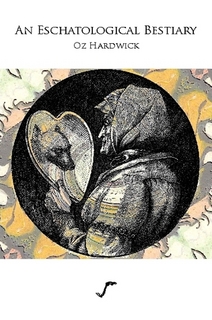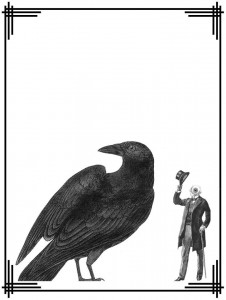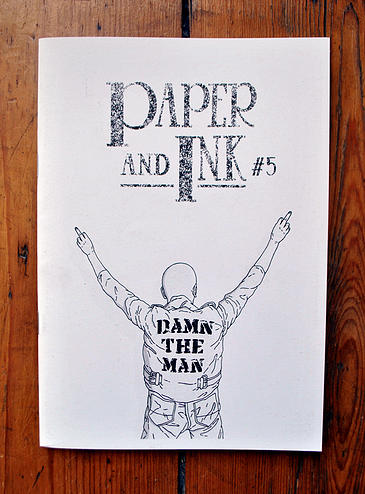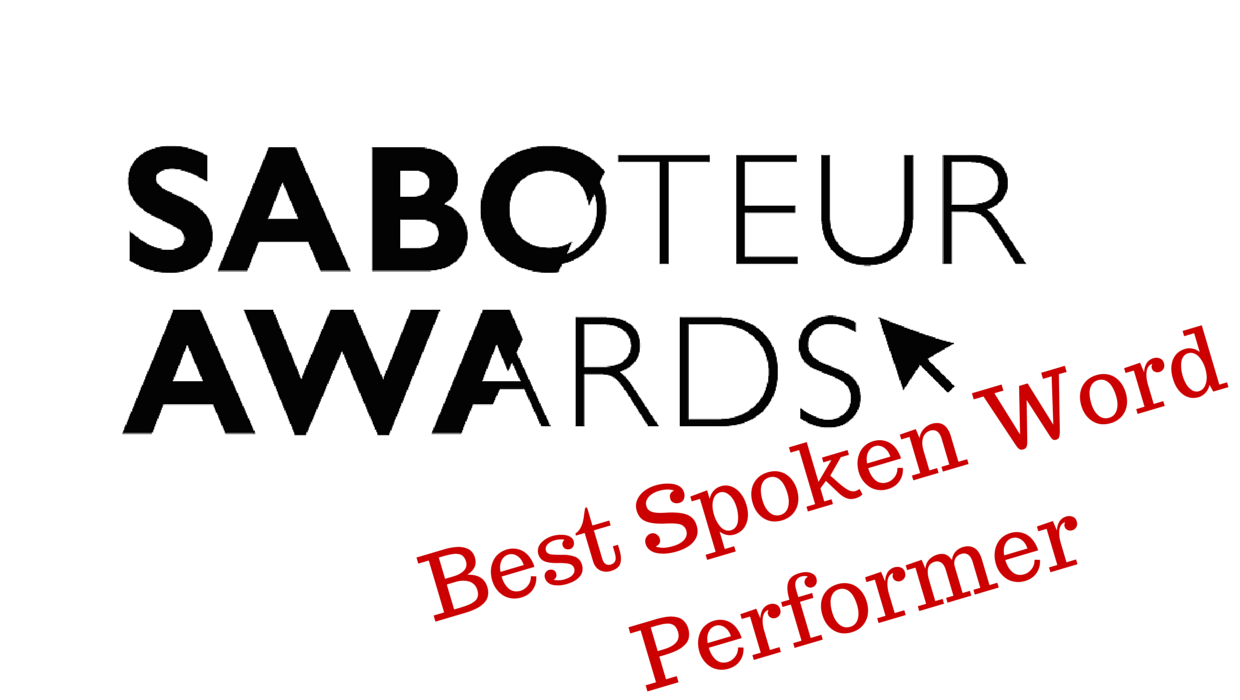An Eschatological Bestiary by Oz Hardwick
-Reviewed by Steve Nash–
An Eschatological Bestiary is not an easy pamphlet to define. The poet tells us that the collection is ‘a complete exegetical interpretation of the dramatic rise of an apparently semi-permanent moral blank’, which is handy. Part conceptual poetry collection, part apocalyptic encyclopaedia, created through surrealist techniques, and accompanied by Max Ernst-inspired illustrations; whatever a reader decides to call it, An Eschatological Bestiary is a cabinet of curiosities in every sense.
From ‘Ape’ to ‘Zebra’ (though do not let these bookending entries fool you into any illusions of linearity), Hardwick presents what appears, at first glance, to be a traditional medieval bestiary. The mixture of natural history, superstition, biblical allegory one would expect from such a tome is here, but where those benighted bestiaries were all about trying to make some cohesive sense of the natural world, An Eschatological Bestiary revels in fragmentation. Rather than cohesive, this hymn to the apocalypse is full of holes.
Despite the End of Days focus however, there is nothing final about this work. Instead this bestiary becomes a catalyst for infinite beginnings. First entry, ‘Ape’ provides a perfect metaphor for the entire project by advising that, ‘…so must man set out nooses and play at draughts.’ The porous text, with its cut-up clauses and disjointed aphorisms, represents a series of snares, but to get stuck in these traps is not to call for the curtain to fall on reading, rather it is to encourage playful adventure further into the rift. This is writing at its most rhizomatic, with each fracture in the intricate surface of the speech becoming a new entry point into interpretation and meaning.
For every ominous portent, such as the Bee that ‘has subtle wings and great skill, gathering honey with which he wages war’, there is a comical counterweight: ‘Owl is night and cannot stand the French…’ And this makes sense, because after all, ‘Zebra treads through life’s profits with God-like demeanour: apocalypse is not black and white’.
A fascinating aspect of the text is in the passionate antagonism between chance and intention within each individual entry. Each blast of epigrammatic phrase may in in turn lead to delight or terror, but it will never result in anything less than surprise. For the Raven that ‘books the sound of Autumn’ to the command that ‘if Viper is invited’ we should ‘kill her’, the collection feels like an other-worldly book of prophecy – unsettling, joyous, and fascinating.
This is a bestiary which, rather than gathering together disparate elements to make a comforting whole, draws attention to fragmentation and chaos, embodying many genuine concerns – particularly relating to the destruction of the natural world, but also individual fragmentation and the instability of identity. This is encouraged by the illustrations which serve to complement, illuminate, and confuse the text all at the same time. The image of ‘Lion’ for example, resplendent in fur-lined dress coat with human hands poised to collect a tossed object, seems ill-at-ease with the description of the creature: ‘After three days, sick lion smokes less than thirty per day, mates face to face, and drinks with his eyes open, roaring that he is being hunted.’
It may be a cry for the end of the world, but it is also a death rattle that succeeds in ushering new life into interpretation and meaning. An odd beast certainly, but definitely one that will return all of the affection you’re willing to give it.






